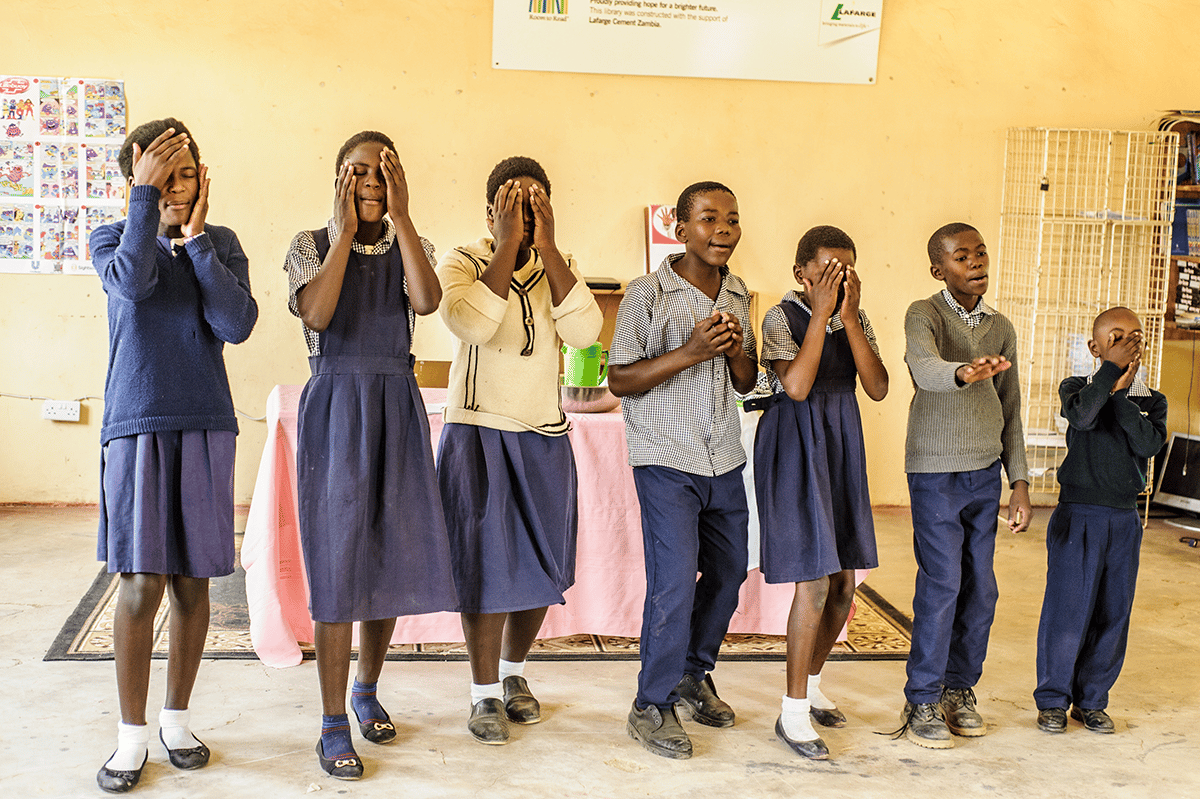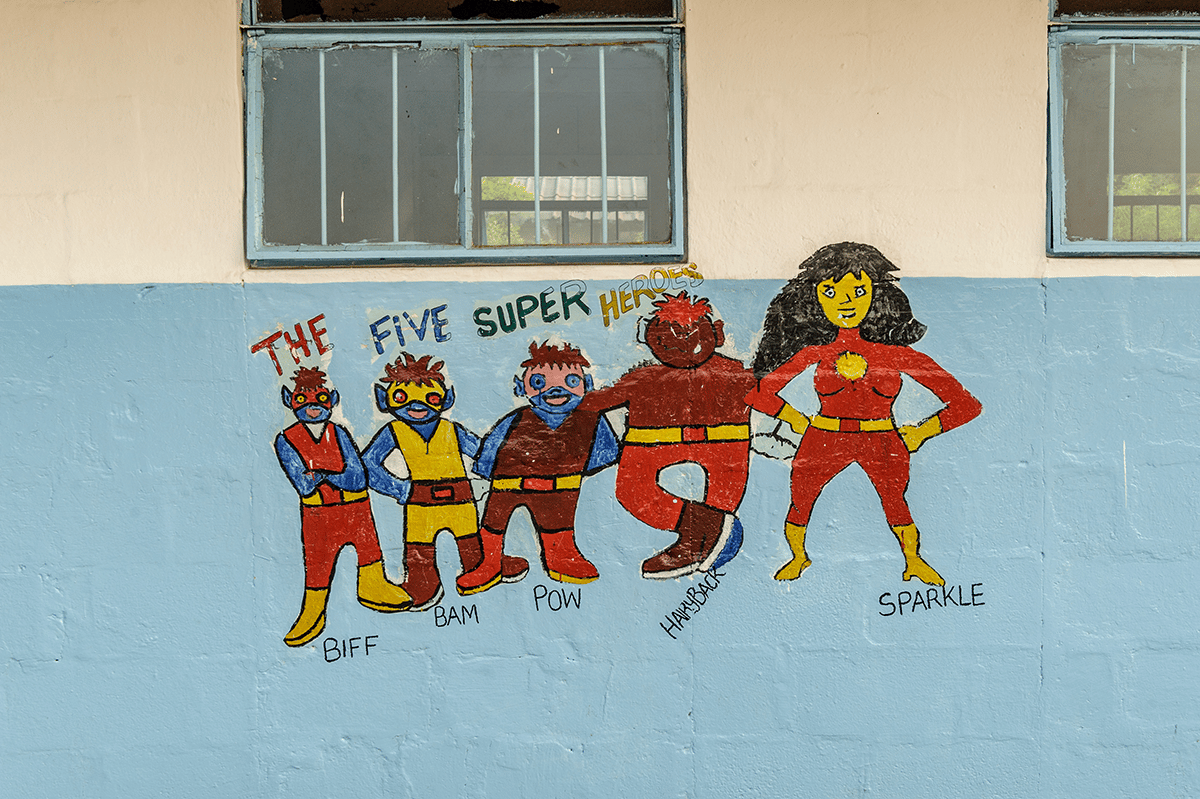Engaging different audiences in behaviour change programmes
Influencing behaviour to prevent infection can be as important as treating it when trying to keep communities free of diseases such as blinding trachoma.
This painful eye condition is extremely infectious and is passed on through human-to-human contact and flies, so improved sanitation and hand and face-washing can make a huge difference in stopping its spread.
It’s vital that organisations such as Sightsavers remember this as we help countries reach the goal of eliminating trachoma as a public health problem. As well as providing surgery and antibiotics to treat the devastating symptoms of the infection, we need to give people the resources and information to stop themselves becoming infected in the first place.
To do this effectively we need behaviour change programmes which reach everyone in the community, adapted for different audiences.
Engaging children
It is especially important that children are targeted. Children are particularly vulnerable to trachoma, and repeated childhood infections can lead to adult blindness. Research has shown that catching young minds early means messages about disease prevention are embedded for a lifetime – far easier than changing “unhealthy” behaviour later on.

Photo: Jason J Mulikita, JJArts Photography, Sightsavers
As children think differently to adults, and have different attention spans, messages need to be tailored to fit their needs. The innovative Super School of 5 programme, a collaboration between Sightsavers and Unilever’s Lifebuoy soap, is a perfect example of how this can work. It’s aimed at primary school children in schools in Kenya, Ethiopia and Zambia, and funded by UK aid and the Department for International Development.
Researchers and child psychologists from the London School of Tropical Medicine collaborated with cartoonists who previously worked on The Muppets to create five superhero characters and their two nemeses, No Good and Ugly Eye. These imagination-grabbing characters tell stories about trachoma, with positive behaviour to copy and negative behaviour to avoid. Comics, songs and dances bring the messages to life in a fun and relatable way. Lessons are planned over 21 days, as research has found this to be the optimum amount of time for children’s behaviour to become habit.

Photo: Jason J Mulikita, JJArts Photography, Sightsavers
The programme also empowers the children to spread the word about the importance of hygiene and teach others in their family and community to wash their hands and faces properly – ensuring change is lasting and from within.
Subscribe to our newsletter
Our weekly email newsletter, Network News, is an indispensable weekly digest of the latest updates on funding, jobs, resources, news and learning opportunities in the international development sector.
Get Network NewsWhen targeting children with behaviour change messages, it is also important to think about how messages need to be appropriate for different age groups.
The Early Childhood Education intervention is another programme funded by UK aid, based in Tigray, Ethiopia, through which we try and tailor messages for even younger children – those from around four years upwards.
This programme is based on the need for very young children to be active and form an emotional connection with lessons. It uses physical and verbal activities such as filling in hand and face washing charts, routine mirror observations, and interacting with a specially created character called Toto. Children are encouraged to “bond” with Toto, who is funny and friendly but also confused and forgetful, and “catch him” when he’s wrong. To correct Toto from his own mistakes, they must learn the material thoroughly.
Engaging with parents
While school programmes provide an ideal structure and opportunity for the lessons, some children don’t attend school. To reach them we need to also carry out community-based activities and reach parents.
The key to tailoring messages for parents is to think about what would make them see hygiene as a priority. We need to show how a healthy family is a happy family and why it is just as beneficial to use scarce water to clean as it is to cook and drink. It is also important to think about the best time to reach parents, when they are more likely to be responsive – so through women’s groups, market days, and places where they are gathered anyway, rather than going door to door and pulling them away from their daily chores.
Changing the way people behave may be a challenging ambition but it is also one which can make a real and enduring difference. To be successful, however, we need to put ourselves in the shoes of those we are trying to reach – and think about what’s important to them and how they feel and think.
Category
News & viewsThemes
Communications



